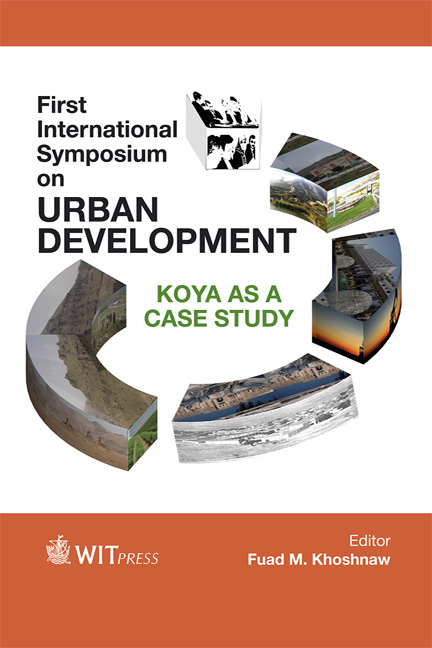Proposition For The Application Of A Grid-connected Photovoltaic (PV) System: Koya City As A Study Case
Price
£23.00
Volume
77
Pages
8
Page Range
135 - 142
Published
2014
Size
182 kb
Paper DOI
10.2495/ISUD130161
Copyright
WIT Press
Author(s)
A. A. Abdulrahman
Abstract
Renewable energy is energy that is derived from natural processes that are replenished constantly. Unlike fossil fuel, renewable energy does not pollute the environment because it is a part of nature. Renewable sources that are most often used are solar, wind, water (hydropower), biomass and geothermal energy. The potential to generate energy from renewable sources is largely dependent on the availability of these natural resources. Among the renewable energy resources, the energy through the photovoltaic (PV) – which converts the sunlight directly into electricity – can be considered the most essential and prerequisite sustainable resource. The standalone PV system cannot provide a continuous supply of energy due to seasonal and periodic variations. Therefore, in order to satisfy the load demand, grid-connected energy systems are now being implemented that combine the PV system with the grid system. The gridconnected PV system can be divided into two parts: building integrated PV systems (BIPV) and distribution generation PV (DGPV) systems. BIPV systems usually supply a specific load and inject the excess energy to the grid while DGPV systems directly inject the energy to the grid. The suggestion in this paper is that the BIPV system is applied for some special building in a Koya city like: the university’s new presidency building, Shaid-Khalid new hospital and the new bank buildings. This application will be the first step of going toward renewable energy usage with the grid system in Kurdistan region. Keywords: grid-connected system, photovoltaic, renewable energy.
Keywords
grid-connected system, photovoltaic, renewable energy





